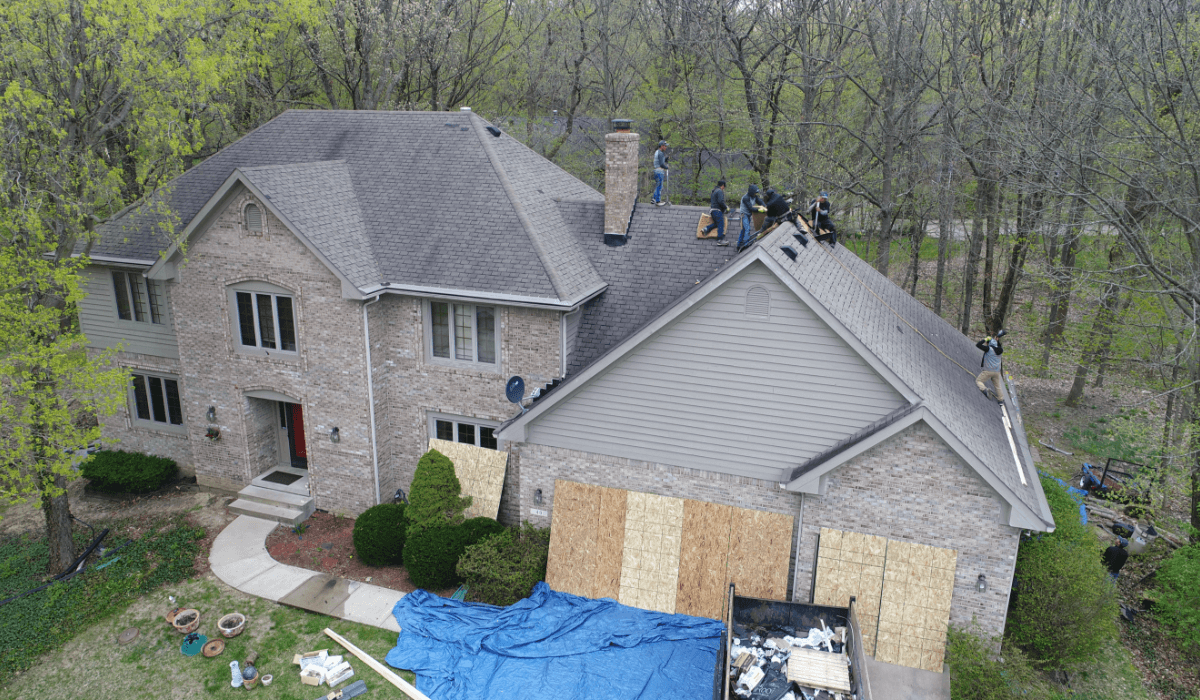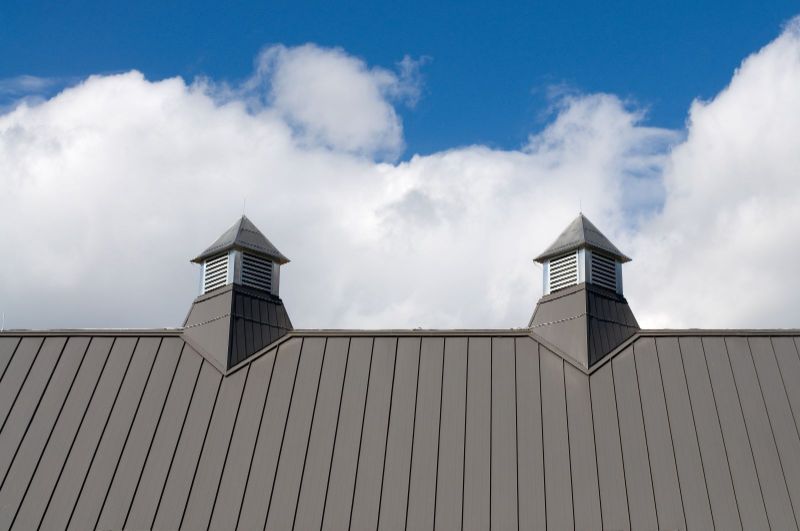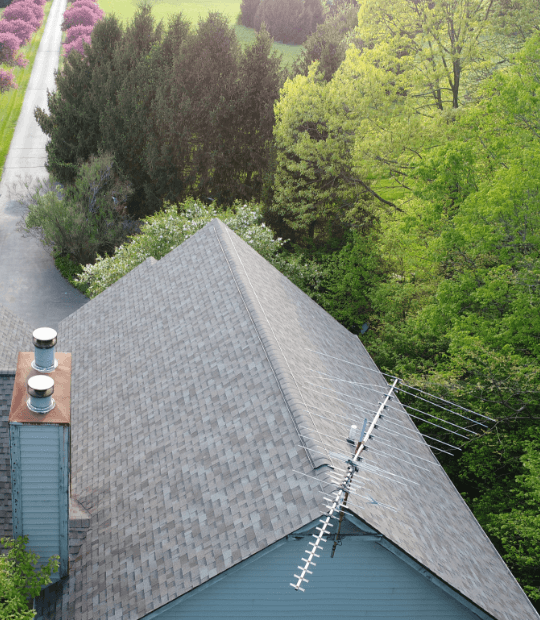In this post you will find information about the different types of vents and which is the best type. You will also learn which are the most popular, what they are used for, and what they should not. We will provide you with a list of all the types that exist and their various pros and cons so that you can decide on one to use when it comes time to make a purchase.
The sizing process is different for each type of vent, but it can sometimes be cumbersome. It generally includes taking measurements to calculate the area of the roof or building in which a vent will be installed. It is also important to contact a professional with the proper experience and training to help you with the design, installation, and material selection.
Most Common Types Of Roof Vents
1. Isolation Vents
Isolation vents are designed to distribute and move the heat from one area to another. They do not move heat away from a building but rather into it.
2. Ventilation Vents
Ventilation vents are designed to move air away from a building and into the open atmosphere. It is done on a larger scale than the isolation vent but with a similar purpose.
3. Exhaust Vents
Exhaust vents are a little different in that they are used to move air away from something that creates a lot of heat or fumes. An example would be a combustion oven or anything else that may produce carbon monoxide.
4. Skylight Vents
are designed to move air out of a building through its skylight. They can also be installed over doors and windows that open from the inside so that you can fill the room with fresh air. These vents should not be placed near fireplaces, wood stoves, or other heat sources.
5. Ceiling Vents
Ceiling vents are usually installed over a skylight, but they can also be used to move air away from walls and ceilings.
6. Exhaust Louvers
Exhaust louvers are designed to let the air flow through them, making the building more energy efficient.
7. Overhead Ventilation Systems
Overhead ventilation systems are very similar in design and purpose to exhaust vents. They also protect against airborne particles such as dust, pollen, and spores while moving the air out of a building.
8. Through Ventilation Systems
Through ventilation systems are designed to move air through your building, thus giving it a fresh breeze.
9. Indoor Ventilation Fans
Indoor ventilation fans are unique because they can be used to move air and circulate heat through the room and ensure that everything is at the proper temperature.
10. Patio Vents
Patio vents are different from other vents because they are designed for outdoor use only and are specifically created for use in either one- or two-family residences or businesses with patios and decks.
11. Skylight Vents
Skylight vents are the same as the skylight vents we mentioned above, just a different name.
12. Roof Vents
Roof vents are essentially the same type of vent you would use for your skylight, but they are designed to flush with the roof's top surface instead of sitting inside it.
13. Wood Stove Vents
Wood stove vents are installed on stoves and used to move air in and out of the building where it is needed most. Usually, these vents are placed above the stove, but they can also be installed below it to aid in airflow.
14. Chimney Vents
Chimney vents are designed to fit into a chimney and move the heat out of it and away from the building. They can either be permanently attached or removable, depending on your preferences.
Many other types are available, such as roof vents, skylight vents, exhaust louvers, etc. The ones mentioned above were simply the most common. Check out our complete list of roof vent types here. The roof vents are designed to give your home the best natural ventilation while protecting it from fire, smoke, and soot damage. By installing an isolation vent, ventilation vent, or exhaust vent on your roof to aid in air circulation and reduce your energy bills, you will be able to save money and decrease your carbon footprint simultaneously. Before you go out and purchase a roof vent, make sure that it is appropriately sized. It will help you make sure that the amount of airflow is transferred into your building at all times so that no heat or smoke remains inside.



